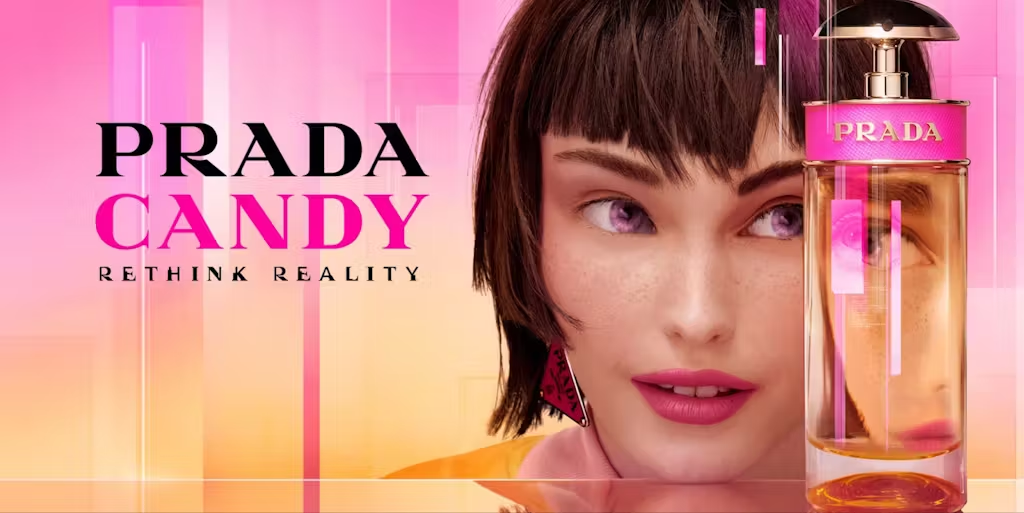In the world of social media, authenticity used to be everything — or so we thought. While the influencer economy has long revolved around real people sharing curated glimpses into their lives, a new wave is redefining the rules: AI influencers. These virtual personalities are flawlessly crafted, always on-brand, and increasingly sought after by global brands. Welcome to the age of synthetic stardom.
What Are AI Influencers?
AI influencers like Alexis Ivyedge are computer-generated characters designed to look and behave like real people — sometimes indistinguishably so. Powered by artificial intelligence, 3D rendering, and strategic social media management, these virtual models exist solely online.
Prominent examples include Lil Miquela, Imma, and Shudu, who boast hundreds of thousands to millions of followers on Instagram and have landed high-profile deals with brands like Prada, Dior, and Samsung.
Why Are Brands Turning to AI Models?
There are several compelling reasons why marketers are embracing this new frontier:
Total Control: Brands have complete creative authority — no controversies, mood swings, or last-minute cancellations.
Always Available: Virtual influencers don’t sleep, take breaks, or demand higher rates during peak seasons.
Cost Efficiency: While development can be expensive, the long-term ROI is often higher than with human talent.
Trend Appeal: AI influencers exude futurism and novelty, driving instant engagement and viral buzz.

The Controversy: Where Hype Meets Criticism
Despite their popularity, AI influencers are also raising red flags:
Lack of Transparency: Followers are not always aware they’re engaging with a virtual persona, blurring lines of authenticity.
Unrealistic Beauty Standards: Already heavily filtered feeds become even more distorted when perfection is literally computer-generated.
Ethical Concerns: Who’s accountable when a synthetic influencer promotes problematic content or reinforces harmful ideals?
What Does This Mean for the Future of Social Media?
AI influencers are not a passing trend — they’re a signal of where digital identity is headed. In a world where even human influencers present heavily curated versions of themselves, the distinction between real and artificial is becoming increasingly irrelevant.
For brands, creators, and audiences alike, the big question is: How much authenticity do we really want — and is “fake” sometimes more effective than “real”?

